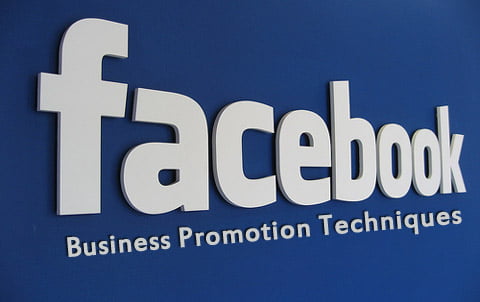Groups may be the single best & most important action to increase your network and engage your audience…
There are thousands of different groups on LinkedIn that you can be a part of. All you have to have is a topic or area of interest that you want to follow, discuss or share your expertise about. A great way to see what groups you want to be a part of is to look at your connections, your prospects, your customers profiles and see which ones they are in and join those. As we say, fish where the fish are.
The next and most important step after you join is to share, add value, contribute and engage in dialogue…
They have a discussion area where you can start discussions or you can add value to existing discussions by making comments and join in the conversation. Then you can set up an auto email to notify you every time someone else contributes to the discussion, so you can choose to reply, agree, disagree, it doesn’t matter as long as you are in there.
You have the news section where you can post articles… All you need is a URL for to insert. Anything you think could add value to the community. You can make comments on any news articles. There is an events tab that talks about upcoming events that the community may be interested in. There is also a place for members to post for open jobs.
If you want to share your knowledge outside of groups you have the Answers (Questions) in the top tool bar… You can create questions for discussion, and you can search for topics on keywords of interest to contribute your expertise on. This is a great way to communicate with everyone in LinkedIn and may meet people who are not tied to specific groups.
Activity is a place on your profile that shows everyone where you have started discussions, made comments, connected to new people or recommend news articles or books. This is a good way for people to see what you are doing. Spark more conversations with your network.
Contacts is what this is all about… If you need help identifying all of your contacts, they have an option, you import them from outlook and have Outlook tool bar. The have inmail, so you can send individual contacts inmail or inmail to a group of 50 contacts.
Your first degree contacts can view your contacts and you can view theirs. Look at contacts of your contact If you are trying to get into a company and you see one of your contacts knows someone in that company, you can ask for an introduction. It is important to allow your 2nd and 3rd degree & group contacts see your full profile so they can easily find you.
Search is an important feature… to look for specific companies and people. This is a very powerful way to search for suspects and prospects. You will also need it to find your current contacts (or at least at first). You can type in name or keyword and it will pull up results. You can also use the Advanced search in the upper right hand corner. You can search for title, companies, keywords,
How to request people to your network… I want to bring this up because I think it is important. First, it is not about quantity. So really pick people you really want to connect with. If you interact with them in a group and you have added value to them or they have provided value to you, then it really is awesome. It is exciting. A great way to meet people. I do not believe you should send an invite to someone you have never conversed with or at least have a good reason to connect. LinkedIn has a stock template. DO NOT USE it. Make it personal. If you need to specify how you met, or why you want to connect etc. Take the two extra minutes and really customize it. That is the least you can do. (I also suggest you do this if you request a recommendation).
Take advantage of the groups and your contacts. How can you utilize to maximize your LinkedIn experience?
Originally posted: Are You Maximizing LinkedIn Groups?

